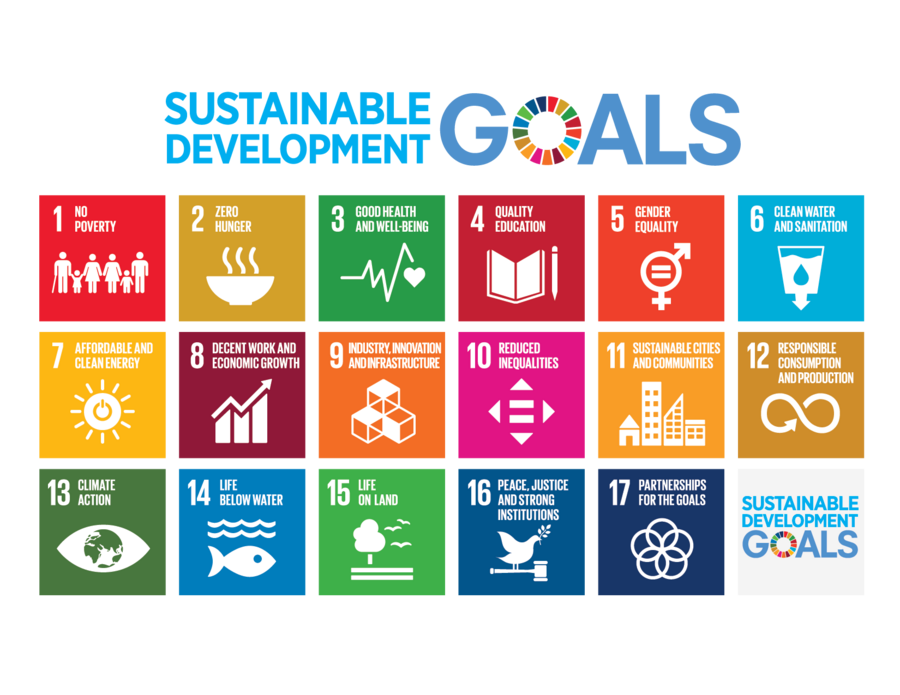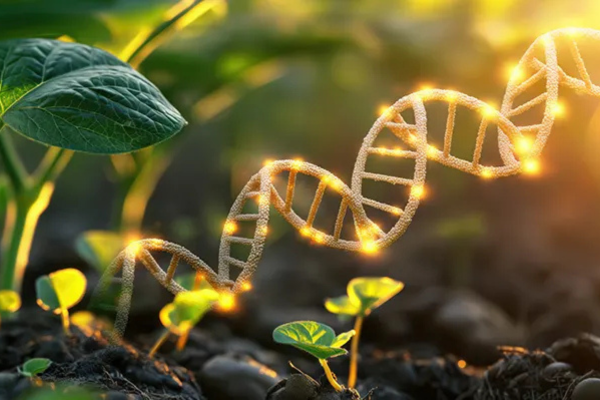Building A Strategic Future with Science, Innovation and Technology
The world is advancing at an extraordinary pace. In today’s digital era, technology is reshaping the way we do business, transforming industries, redefining work, driving research, and revolutionizing education. For the Global South, the challenge is not just keeping up with these shifts but ensuring they strengthen South-South collaborations inclusively while trying to keep up with the Global North. Only through strategic collective efforts can innovation, science, and technology truly thrive.
The Global South, which spans Africa, Asia, Oceania, Latin America, and the Caribbean, holds vast potential that, if fully harnessed, can redefine its place in the global economy. It is home to approximately 90% of the world’s youth and accounts for the largest share of the global population. Yet many of its most pressing challenges remain unresolved by solutions imported from the Global North. Decades of collaboration with the North have yielded limited progress because external approaches often fail to align with local realities. The way forward lies in stronger South–South collaboration through sharing knowledge, pooling resources, and co-creating solutions that align with current challenges. This collective approach helps accelerate progress towards achieving the Sustainable Development Goals by 2030.

To foster sustainable development, science, technology, and innovation should be recognized as drivers of growth. They help create and build inclusive environments that encourage and promote broad participation, reduce inequalities, and narrow the gap between developing and developed nations.
Science, technology, and innovation are essential in advancing critical sectors across the Global South. There is both a need and an urgency for major investment shifts in healthcare, renewable energy, education, and engineering. This helps in building safe and environmentally sound infrastructure. Strengthen the healthcare systems through innovative treatments and local pharmaceutical manufacturing, reducing reliance on imports. Aligning agriculture technology with local production capacities, driven by data insights that enhance efficiency and productivity. Building industries that add value to local produce that will stimulate economic growth and establish strategic agriculture value chains relevant to regional needs. In education, the integration of curriculum and artificial intelligence would equip children with skills and knowledge suited to the evolving job markets of the Global South. By investing in these areas, developing nations can lay the foundation for inclusive, resilient, and sustainable growth.

As we celebrate the International Day of Science, Technology, and Innovation for the South on 16th September, highlighting the need for strategic collaborations among countries within the Global South is key. With shared challenges and common development priorities, working together to design practical solutions through co-creation and shared accountability, pooling of expertise, repurposing policies, and shifting from potential to performance and from working in isolation to embracing integrated systems among each other, sustainable development and growth will be evident.
In the agriculture space, science, innovation, and technology promise a new ecosystem that not only co-creates but ensures co-ownership from the grassroots level. We need to redefine agriculture for a sustainable future. As the Kampala declaration reminds us, “Potential alone won’t feed a family. Practical solutions will grow communities.” Collaboration remains the strongest lever of growth, and the next global food superpower will not be the loudest but the smartest. The Global South has the potential to lead in global food security and dominance.
